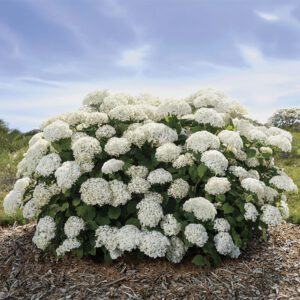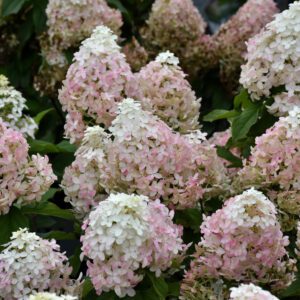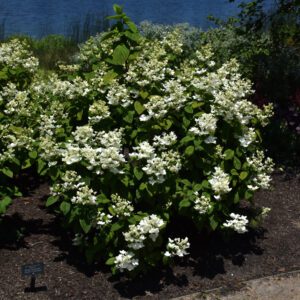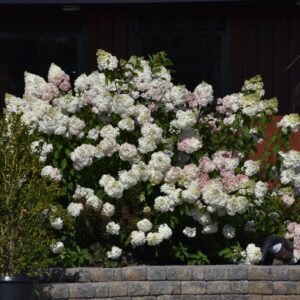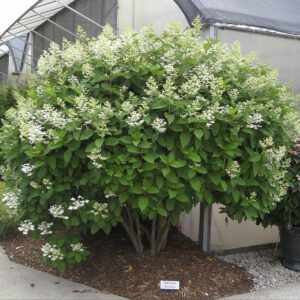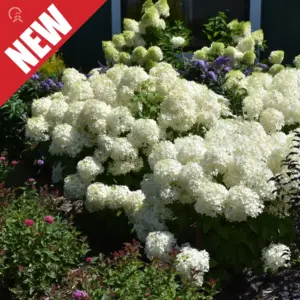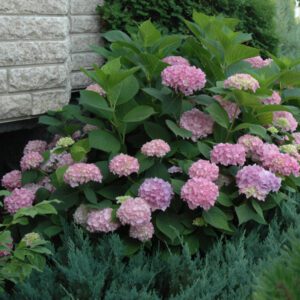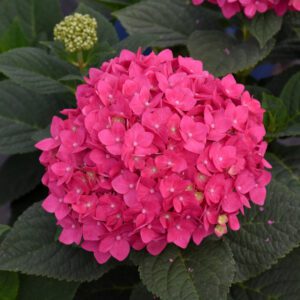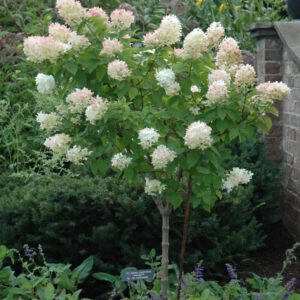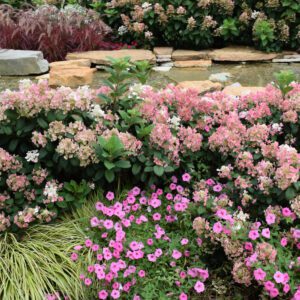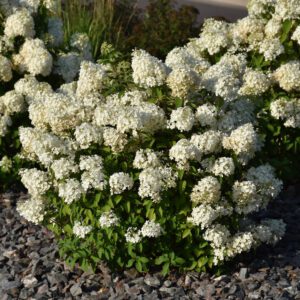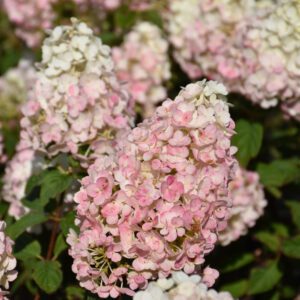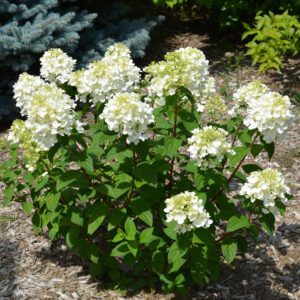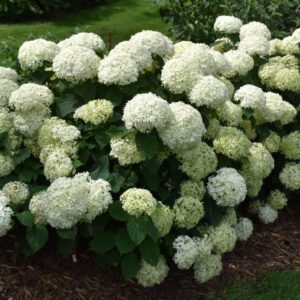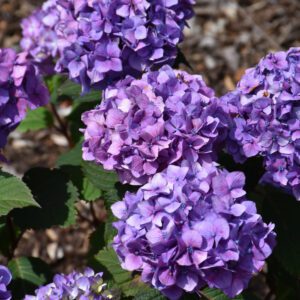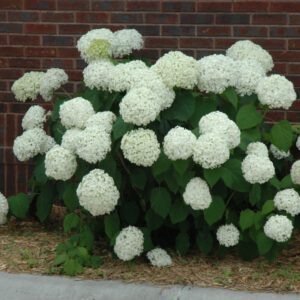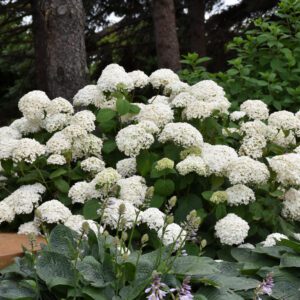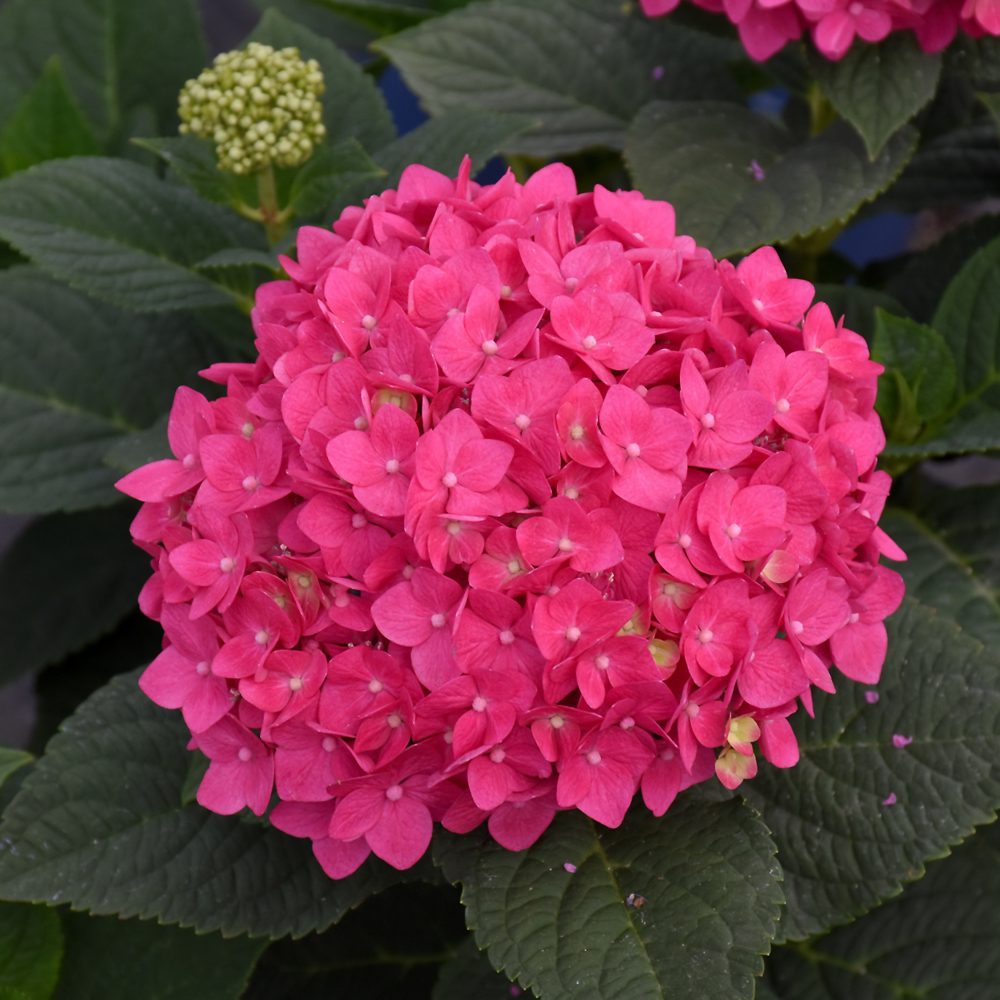Hydrangeas
Explore our exquisite selection of hydrangea trees and vibrant hydrangea bushes in a wide range of colors.
Hydrangeas
Explore our exquisite selection of hydrangea trees and vibrant hydrangea bushes in a wide range of colors.
- Hanging Basket and Planters
- Evergreens
- Privacy
- Gift Cards
- Halloween
- Perennial
- Pollinator Perennial
- Shade Perennial
- Sun Perennial
- Wet Perennial
- Shade Plants
- Shrubs
- Evergreen Shrubs
- Fast Growing Shrubs
- Hydrangea
- Roses
- Shade / Part Sun Shrubs
- Sun Shrubs
- Sun Plants (6 or more hours of sun)
- Trees
- Evergreen Trees
- Flowering Trees
- Fruit Trees
- Ornamental
- Shade Trees
- Vegetable
Mostrando todos los resultados 19
-

Flowerfull Hydrangea
$44.99 -

Quick Fire Fab Hydrangea – Panicle Hydrangea
$49.99 -

White Diamond Hydrangea – Panicle Hydrangea
$49.99 -

Vanilla Strawberry Hydrangea Shrub – Panicle Hydrangea
$49.99 -

Quick Fire® Hydrangea – Panicle Hydrangea
$49.99 -

Tiny Quick Fire Hydrangea – Panicle Hydrangea
$39.99 -

Puffer Fish Hydrangea – Panicle Hydrangea
$44.99 -

Endless Summer Hydrangea – Hydrangea Macrophylla
$44.99 -

Summer Crush Hydrangea – An Endless Summer® Variety
$44.99 -

Limelight Hydrangea Tree
$149.99 -

Little Quick Fire Hydrangea – Panicle Hydrangea
$44.99 -

Little Lime Hydrangea – Panicle Hydrangea
$44.99 -

Bobo® Hydrangea – Panicle Hydrangea
$44.99 -

Strawberry Sundae Hydrangea – Panicle Hydrangea
$44.99 -

Fire Light Tidbit Hydrangea – Panicle Hydrangea
$44.99 -

Invincibelle Limetta Hydrangea – Smooth Hydrangea
$44.99 -

Bloomstruck Hydrangea – An Endless Summer® Variety
$44.99 -

Incrediball Hydrangea – Smooth Hydrangea (Arborescens)
$44.99 -

Annabelle Hydrangea – Hydrangea arborescens ‘Annabelle’
$39.99
BEST SELLER
Summer Crush Hydrangea – An Endless Summer® Variety
Summer Crush Hydrangea features stunning globes of ruby-red flowers with red overtones from July to early fall. The flowers are excellent for cutting. It has forest-green deciduous foliage. The glossy pointy leaves do not develop any appreciable fall color.
Summer Crush Hydrangea is a fast-growing, drought-tolerant shrub that makes a great addition to any garden. This selection of the hydrangea species does well in full sun to partial shade, and prefers an evenly moist well-drained soil.
Visit our Bloomingdale, IL or Carpentersville, IL stores for local pickup!
What type of hydrangea should I plant?
Hydrangeas come in several types, each with its own charm. The most popular are:
- Bigleaf Hydrangea (Hydrangea macrophylla): Known for its large, colorful blooms that can change color depending on soil pH.
- Panicle Hydrangea (Hydrangea paniculata): These have cone-shaped flowers and are very hardy, making them great for colder climates.
- Smooth Hydrangea (Hydrangea arborescens): Native to North America, these are tough and can thrive in various conditions.
- Oakleaf Hydrangea (Hydrangea quercifolia): Known for their oak-shaped leaves and beautiful fall color.
How much sunlight do hydrangeas need?
Bigleaf hydrangeas prefer morning sun and afternoon shade, especially in hotter climates. Panicle hydrangeas can handle more direct sunlight, while Smooth and Oakleaf hydrangeas do better with some protection from the intense midday sun.
How often should I water my hydrangeas?
Hydrangeas like consistently moist soil but not soggy conditions. Water deeply once or twice a week, especially during dry spells. Mulching around the base of the plant can help retain moisture. Remember Hydrangeas get their name from the word Hydra, meaning water.
Can I change the color of my hydrangea blooms?
Yes! The color of Bigleaf Hydrangeas (Hydrangea macrophylla) can be influenced by soil pH:
- Acidic soil (pH below 6.0): Produces blue or purple flowers.
- Neutral to alkaline soil (pH 6.5 and higher): Leads to pink or red flowers.
- To change the color, you can amend the soil with aluminum sulfate for blue flowers or lime for pink ones.
When should I prune my hydrangeas?
Pruning depends on the type of hydrangea:
- Bigleaf and Oakleaf Hydrangeas: Prune right after flowering, as they bloom on old wood.Just a light shaping, don’t take more than a few inches.
- Panicle and Smooth Hydrangeas: Prune in late winter or early spring, as they bloom on new wood. These can be pruned more severely if needed. Smooth hydrangeas are often pruned as low as a foot tall or so.
Why aren’t my hydrangeas blooming?
This could be due to several factors:
- Incorrect pruning: Cutting back old wood hydrangeas at the wrong time can remove flower buds.
- Too much nitrogen: Excessive fertilizer can lead to lush leaves but few blooms.
- Insufficient sunlight: While they like some shade, too much can prevent flowering.
Bigleaf hydrangeas need to be protected in Chicago winters. If the stems die over winter from cold exposure, they will not bloom the following summer. We recommend wrapping them, in October, with a cage, or chicken wire or burlap can be used, then filling that cage with leaves from your trees that have fallen. This will help insulate the stems, which will help the stems and flower buds survive the winter. Then be sure to leave the cage on until the very end of April.
Do hydrangeas need fertilizer?
Yes, but be cautious with the type and amount. Use a balanced, slow-release fertilizer in the spring. Avoid high-nitrogen fertilizers, which can encourage leaf growth at the expense of blooms. We recommend Flower-Tone which is natural and slow release.
How do I protect my hydrangeas in winter?
Most hydrangeas are fairly hardy, but you can protect them by:
- Mulching: Apply a thick layer of mulch around the base to protect the roots.
- Covering: In colder areas, cover the plants with burlap or a frost blanket to protect buds from winter damage.
Can hydrangeas be grown in containers?
Hydrangeas can thrive in containers, but there are a few things to keep in mind. Start with a large pot that has good drainage and fill it with high-quality potting mix. Since container plants dry out more quickly, you’ll need to water them more often. However, Chicago winters are too harsh for hydrangeas to survive in pots, especially if they’re ceramic, as the cold can cause the pot to crack. So while hydrangeas can be enjoyed in containers during the summer, it’s best to plant them in the garden come fall or plan to buy new ones each year.
How do I propagate hydrangeas?
In the United States, it’s illegal to propagate patented plants without the patent owner’s written permission. This applies to all asexual propagation methods like cuttings, tissue culture, or even importing and exporting the plant. Unauthorized propagation is considered theft and can lead to legal consequences, even if done unintentionally.
For example, hydrangeas can be propagated through cuttings, but if the plant is patented, you must have permission before doing so. If you do have permission, here’s how you can propagate them:
- Take a 4-6 inch cutting from a healthy, non-flowering stem.
- Remove the lower leaves, dip the cut end in rooting hormone, and plant it in a pot with moist potting mix.
- Keep the cutting in a warm, humid spot until roots develop, which usually takes a few weeks.
FEATURED
On the Blog
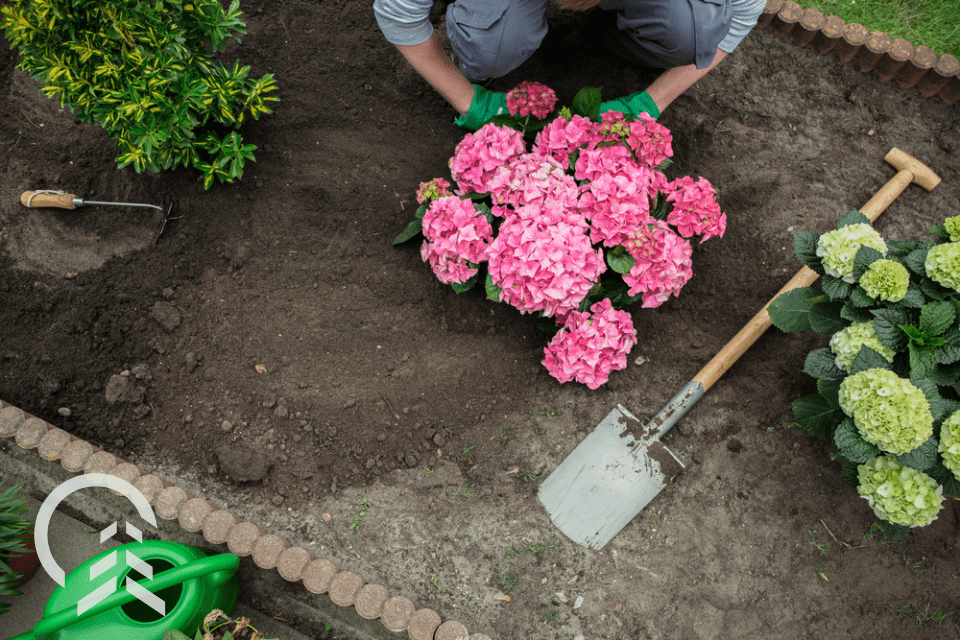
Zone 5 Hydrangea Varieties and Care
Explore the best hydrangea varieties for Zone 5 gardens and essential care tips to ensure vibrant blooms all season.
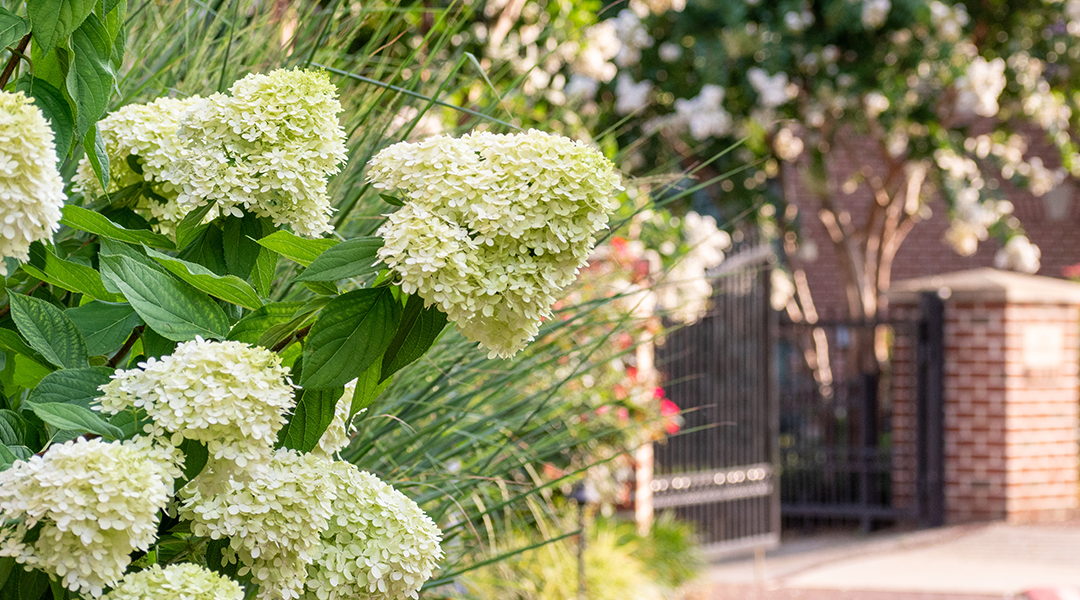
Hydrangea Care and Our Most Beautiful Varieties
How to plant a HydrangeaSpacing between plants should be determined by the specific type of hydrangea being cultivated. It's advisable to consult the plant tag for guidance. It's worth noting that...
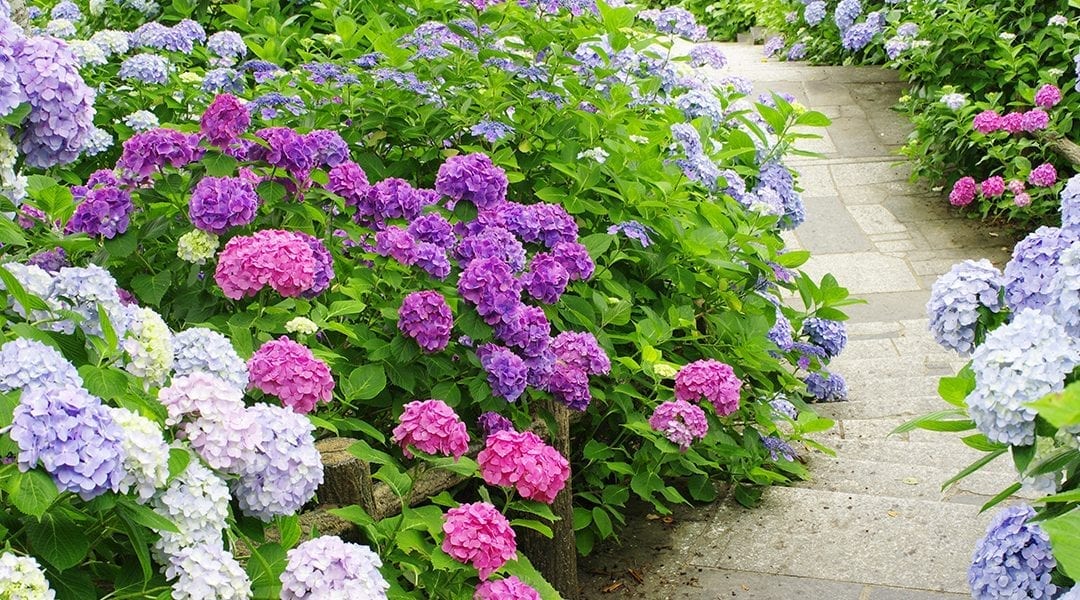
Our 5 Favorite Hydrangeas
These prized bloomers will color your gardens from early summer into fall. Discover the most popular varieties!
VISIT YOUR Local Garden Center & Plant Nursery
We are committed to helping our customers find the right landscape design and plants for their space in or outdoors. Our plant experts are committed to helping you discover your own perfect living environment with a few questions. We are here to help make gardening easy and sustainable for everyone.
Stop in, or give us a call today!
Main Offices:
Bloomingdale: (630) 529-9394
Carpentersville: (847) 428-6767
Hours: Mon thru Sat: 9am – 6pm; Sun 10am – 5pm
Christmas Open House Hours: November 8th: 12pm – 8pm; November 9th: 9am – 6pm; November 10th: 10am – 5pm
Thanksgiving Day: CLOSED
Landscape Department:
Bloomingdale: (630) 529-9394
Carpentersville: (847) 796-1510
Learn more about our landscaping services.

